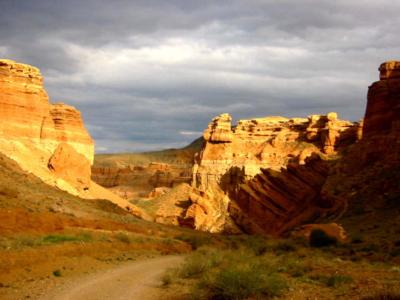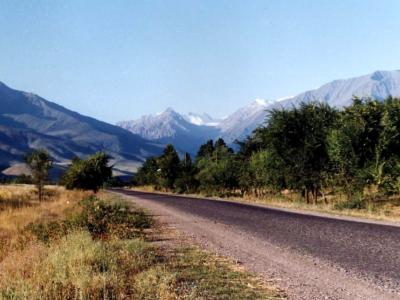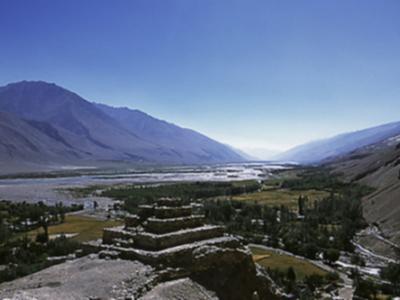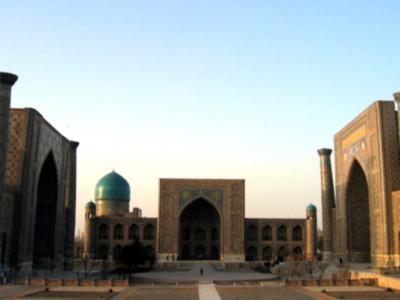Central Asia, a vast region extending from the Caspian Sea in the west to China in the east, is known for its rich history and cultural diversity. This area, encompassing Kazakhstan, Kyrgyzstan, Tajikistan, Turkmenistan, and Uzbekistan, has been a melting pot of civilizations for centuries. It's a land where ancient trade routes once flourished, connecting the East and West through the famous Silk Road. The region's strategic location has made it a crossroads for the movement of people, goods, and ideas, shaping its unique cultural and historical identity. Today, Central Asia continues to be an integral part of the global economy and geopolitics, with its natural resources and geopolitical position drawing attention from powers around the world. Despite the arid climate and vast deserts such as the Karakum and Kyzylkum, the ingenious use of river systems like the Amu Darya and Syr Darya has allowed civilizations to thrive. The population distribution is uneven due to the scarcity of water, with most people living in areas where agriculture is feasible. The region's history is marked by periods of great prosperity and significant turmoil, from the rise of prosperous trade cities to the impact of Russian colonization and the subsequent Soviet era. The cultural landscape of Central Asia is as varied as its geography, with a tapestry of languages, religions, and traditions that testify to the complex layers of its past. From the nomadic heritage reflected in the yurts dotting the steppes to the architectural wonders of cities like Samarkand and Bukhara, Central Asia offers a glimpse into a world where the ancient and modern coexist. The future of Central Asia holds many possibilities, as the countries navigate their post-Soviet identities and engage with the broader international community. The resilience and adaptability of its people suggest a region that, while facing challenges, is poised to make a significant impact on the world stage in the years to come.





